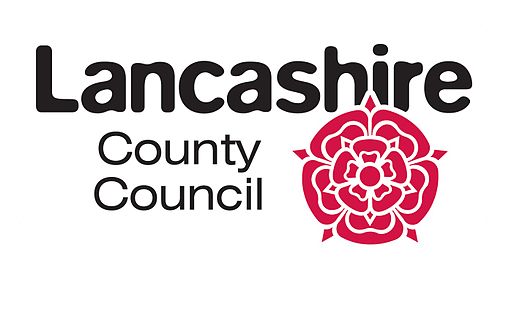Since Lancashire County Council children’s services introduced the family safeguarding model in 2021, social workers have seen a shift away from risk-averse practices towards greater partnership working with families.
“We see families a lot more as partners in practice than ever before,” says Shelley, a team manager in the multi-agency safeguarding hub (MASH), who was part of the project team that set up the model in Lancashire. “And ultimately, the research tells us that when families feel engaged in intervention, they are much more likely to have a successful outcome.”
Family safeguarding model
“Around 2019, we started looking outwards to see what other local authorities were doing, what made a difference and what good practice looked like,” says Shelley.
“[The] government was funding an innovation project and looking at different models of practice that were aimed at reducing numbers of children in care by intervening at the right time and providing the right support to families.”
According to Shelley, evidence showed that Hertfordshire’s family safeguarding model was having early success.
Lancashire also shared similarities in population size with Hertfordshire and similar social challenges linked to deprivation, mental health and substance misuse, Shelley says.
“We knew that the family safeguarding model was particularly targeted at those cumulative harms, so we wanted to adopt that.”
Using strengths-based language

Photo: andreaobzerova/Adobe Stock
A focus on families’ strengths rather than their challenges was one of the culture shifts practitioners embraced through the family safeguarding model.
“In training, we talk about how important it is to know what is working well so that when we are talking to families, we can reflect on the things that are going well and how we can build on those strengths as part of an assessment and intervention,” says Shelley.
“So the very first question we ask now is: ‘what’s working well for the family?’All our partners – whoever makes a referral into our service – ask the same thing. It is intentional because we want families to start thinking about strengths from the off.”
Integrated support
Another change has come in the way that practitioners assess risk.
“Anything we feel will be met with by early help will be dealt with by [the] children’s services support hub. The children’s services support team consists primarily of non-social work staff who have lots of experience in the community and have worked in the children and wellbeing family service for a number of years or have worked in the early help partnership.
“And [for] anything that we feel requires a statutory response, our social workers in MASH will review, screen, and gather the information,” says Shelley.
This collaborative approach means families that need help that does not meet the threshold for statutory involvement are not left behind. Domestic abuse workers are co-located in Lancashire’s children and wellbeing service, so social workers do not have to refer to an external service.
“If families can get that support when it’s needed as opposed to weeks later, then hopefully that de-escalates that situation [they are in],” says Shelley.
Case study
Rosie, a team manager in family safeguarding, saw an example of this when supporting a pregnant mother of four.
The woman had some of her children temporarily removed as there were concerns about cocaine use.
Instead of focusing on the challenges, Rosie was able to use the family safeguarding model to focus on the strengths and access in-house support from domestic abuse and substance misuse practitioners.
“Although we had identified that there were risks, we weren’t concerned about her parenting. She was a very experienced parent and she had parented four children. It was more the risk posed by individuals within that community and whether she could pull away from being involved in drug use,” says Rosie.
The mother was rehoused temporarily in a mother and baby unit away from her home and embraced the work being done by the substance misuse team.
“When she completed that work, the feedback from the mother was really positive of the substance misuse workers. And that work ended with mum and baby returning home on a supervision order, and things continued to progress, and that family are closed to us.”
Career progression

Photo: fizkes/Adobe Stock
Rosie believes using a strengths-based approach when working with families is helping with social workers’ caseload management.
“Because we are letting families lead their plans; asking for their views, knowing what their goals, and supporting them to achieve the goals; not being oppressive and empowering families to make change. Then that supports them to make lasting change, and that reduces them from being referred back in. So, I think it’s all different elements of that that then reduces the caseloads.”
Reflective supervision is also a key asset to strengths-based working because it allows social workers to work with managers to analyse cases and understand them.
“It helps us to pick out cases to see what we have done well and what we could have done better next time,” she says.
For Rosie, these strengths-based approaches have helped her prepare for her role as a team manager.
“I was given the opportunity to do personal supervision of our family support workers, to support other members of the team,” she says. “So even though I didn’t have full responsibility [while preparing to become a manager], I was given some things to do so that when I went for my interview, I had examples to show, which has been really helpful to me.”




 Facebook
Facebook X
X LinkedIn
LinkedIn Instagram
Instagram